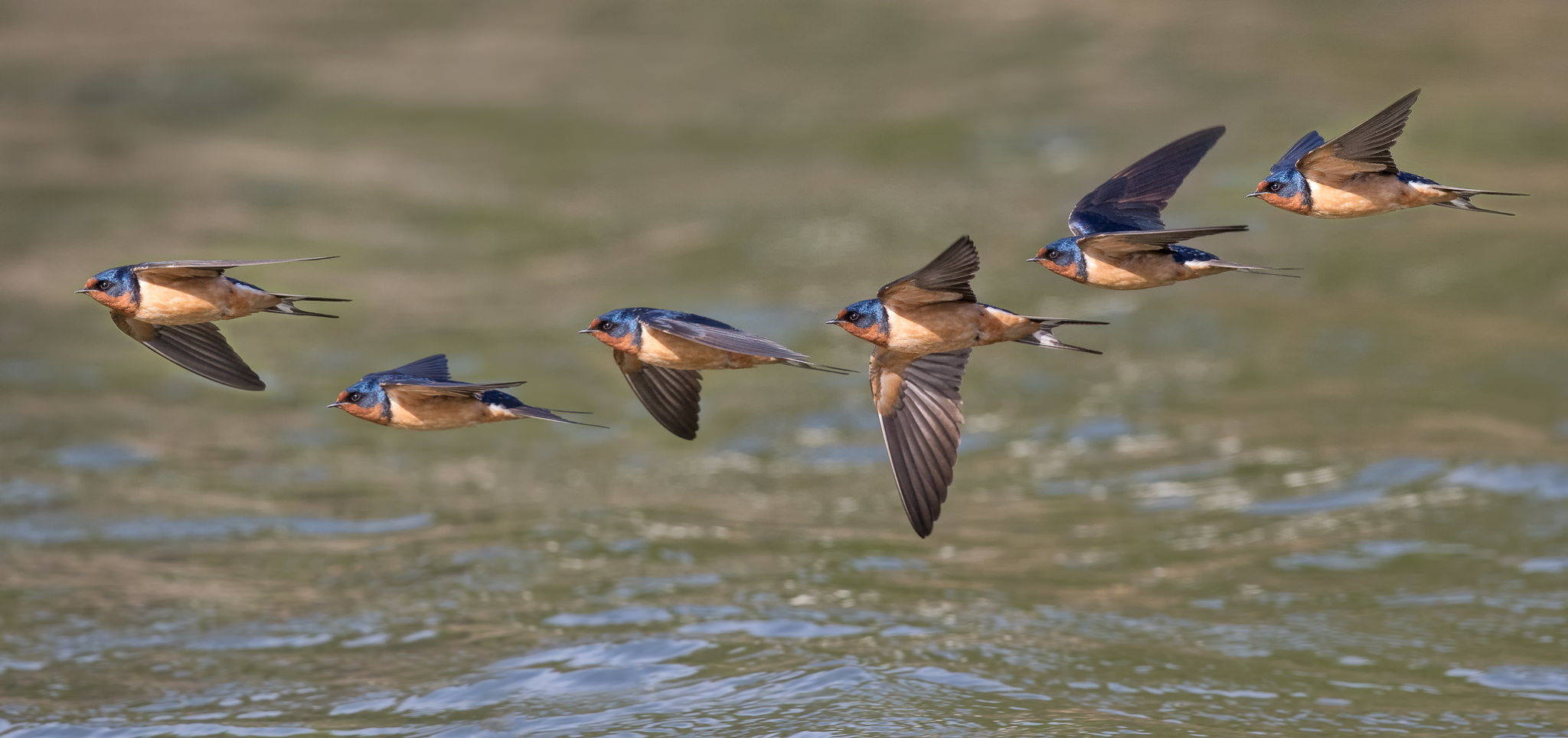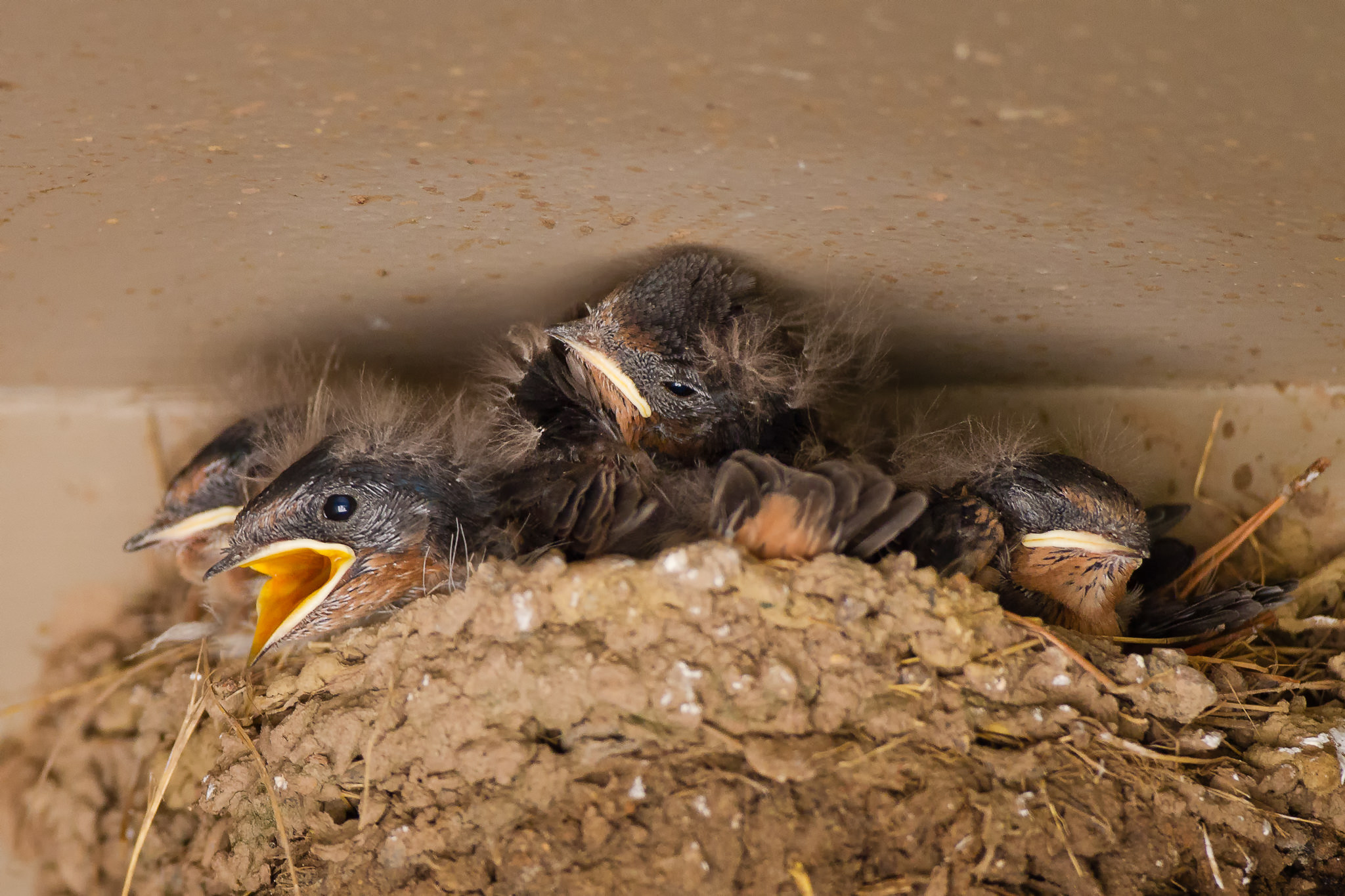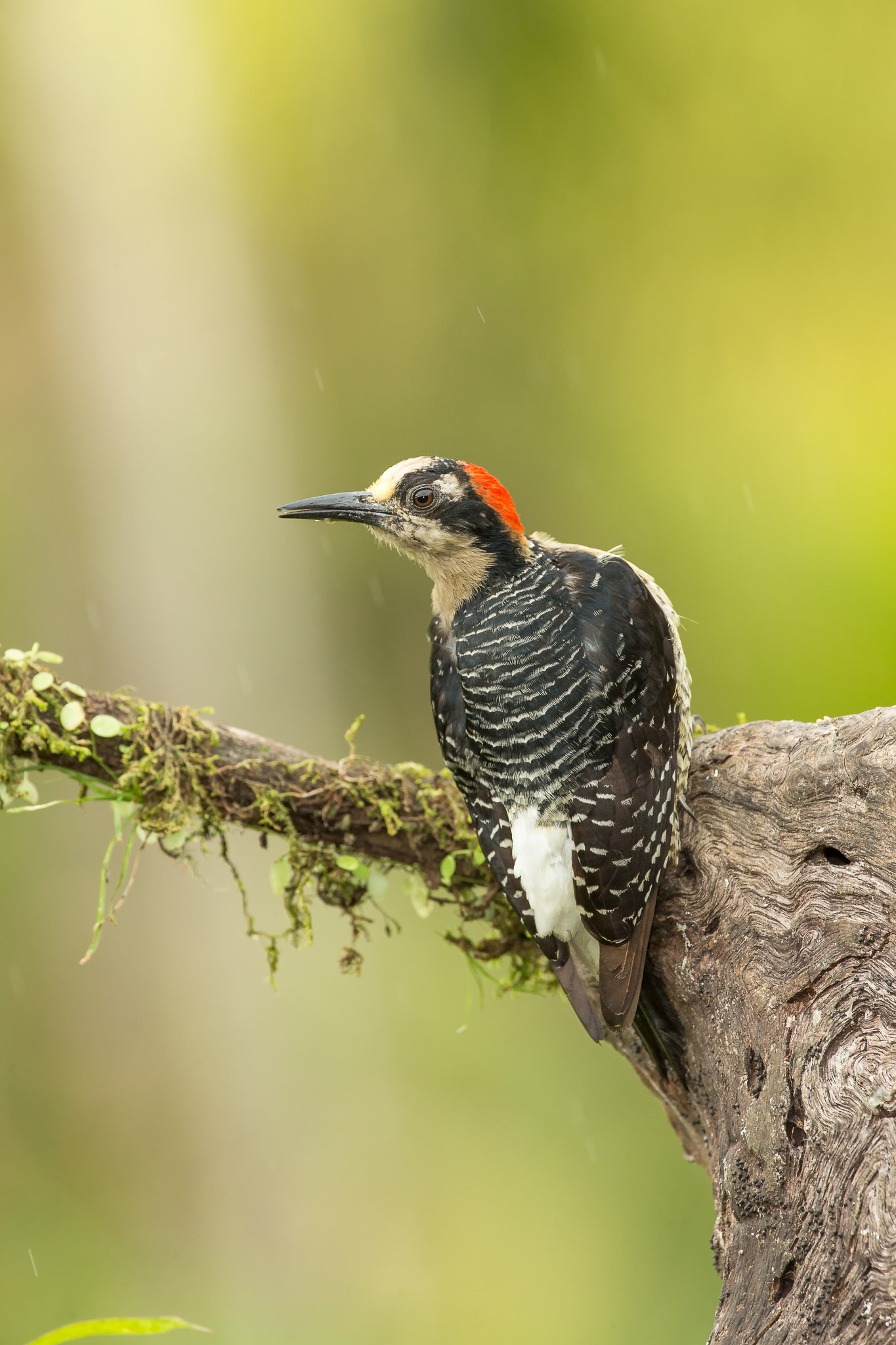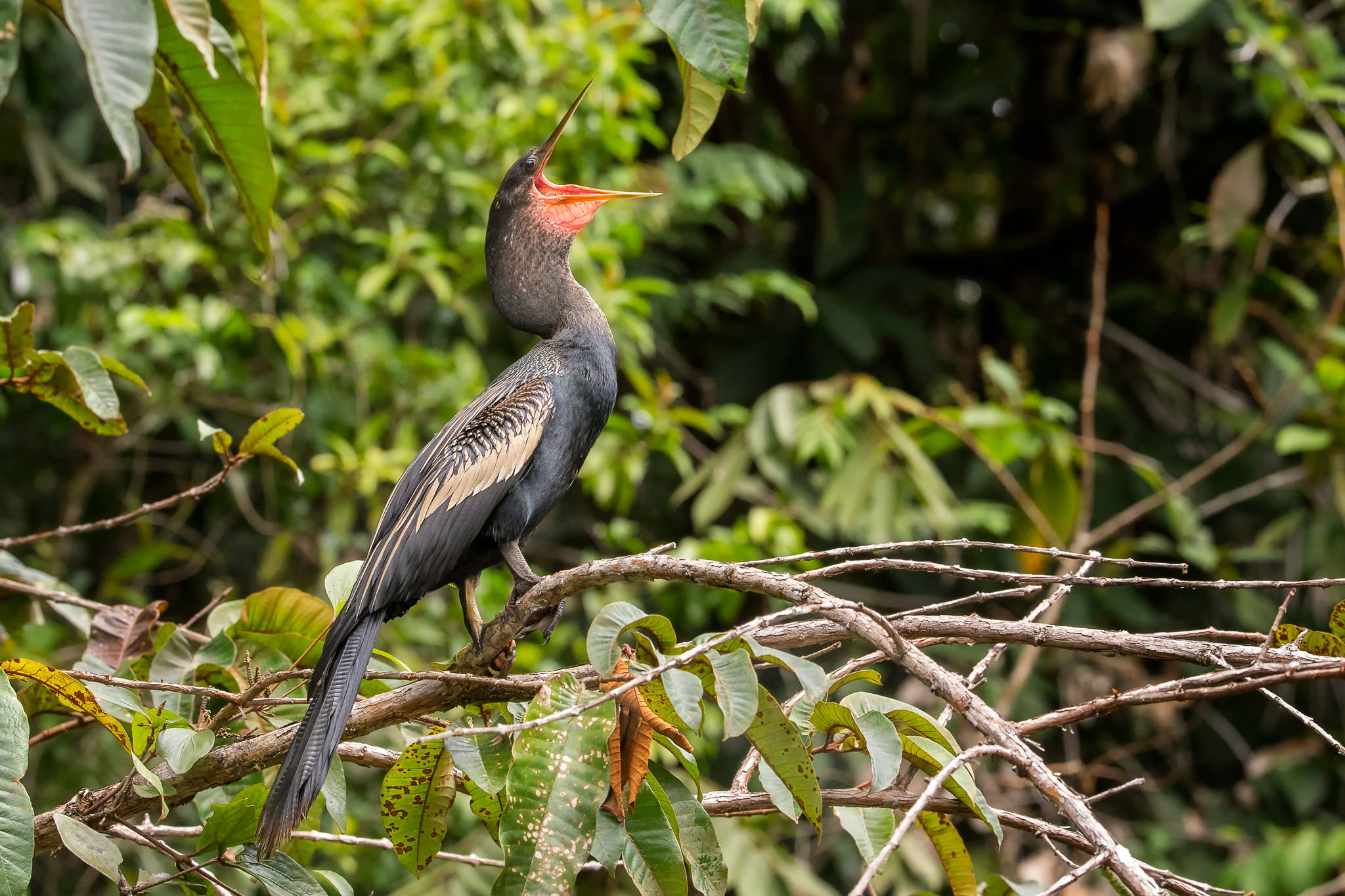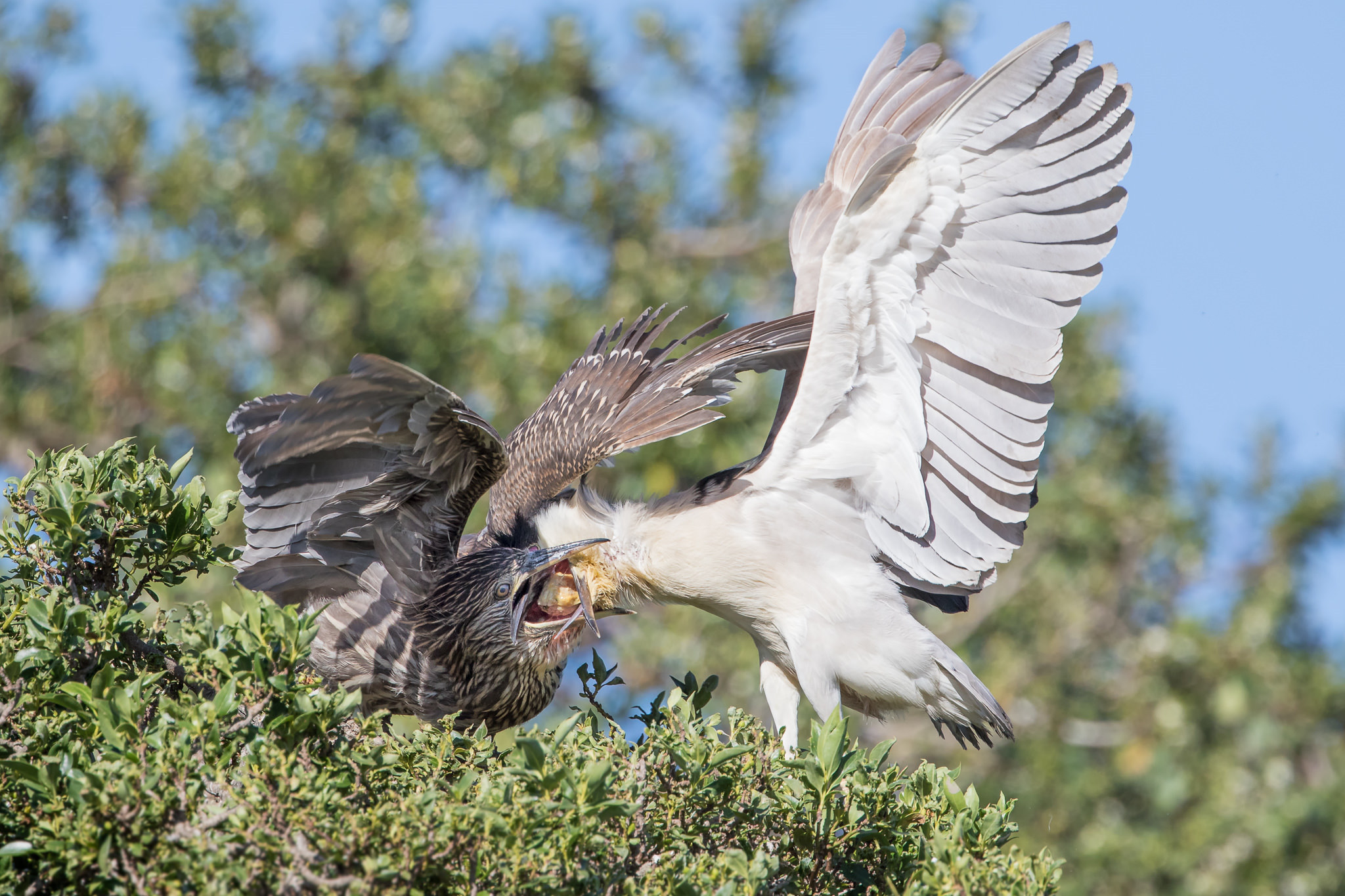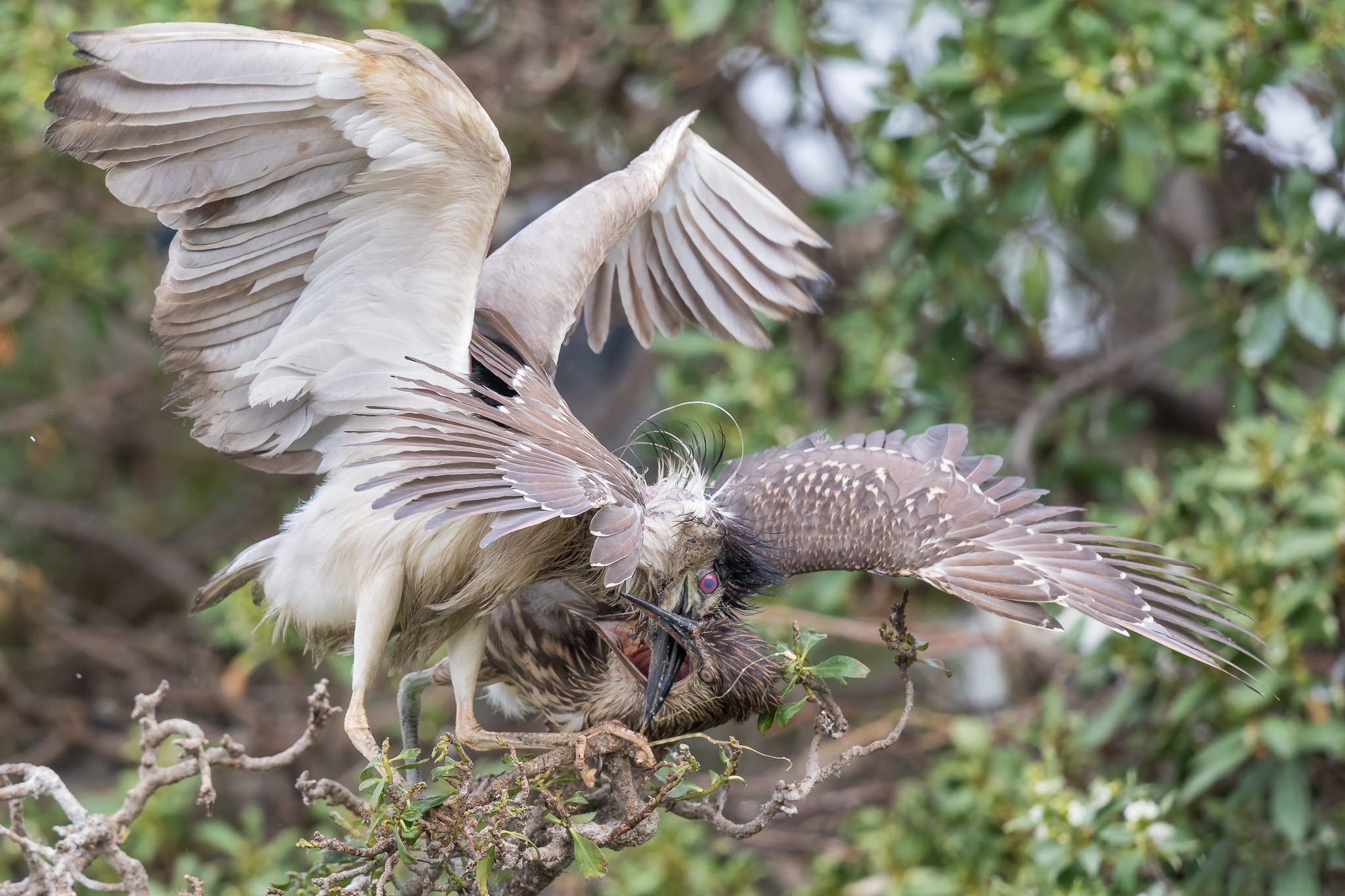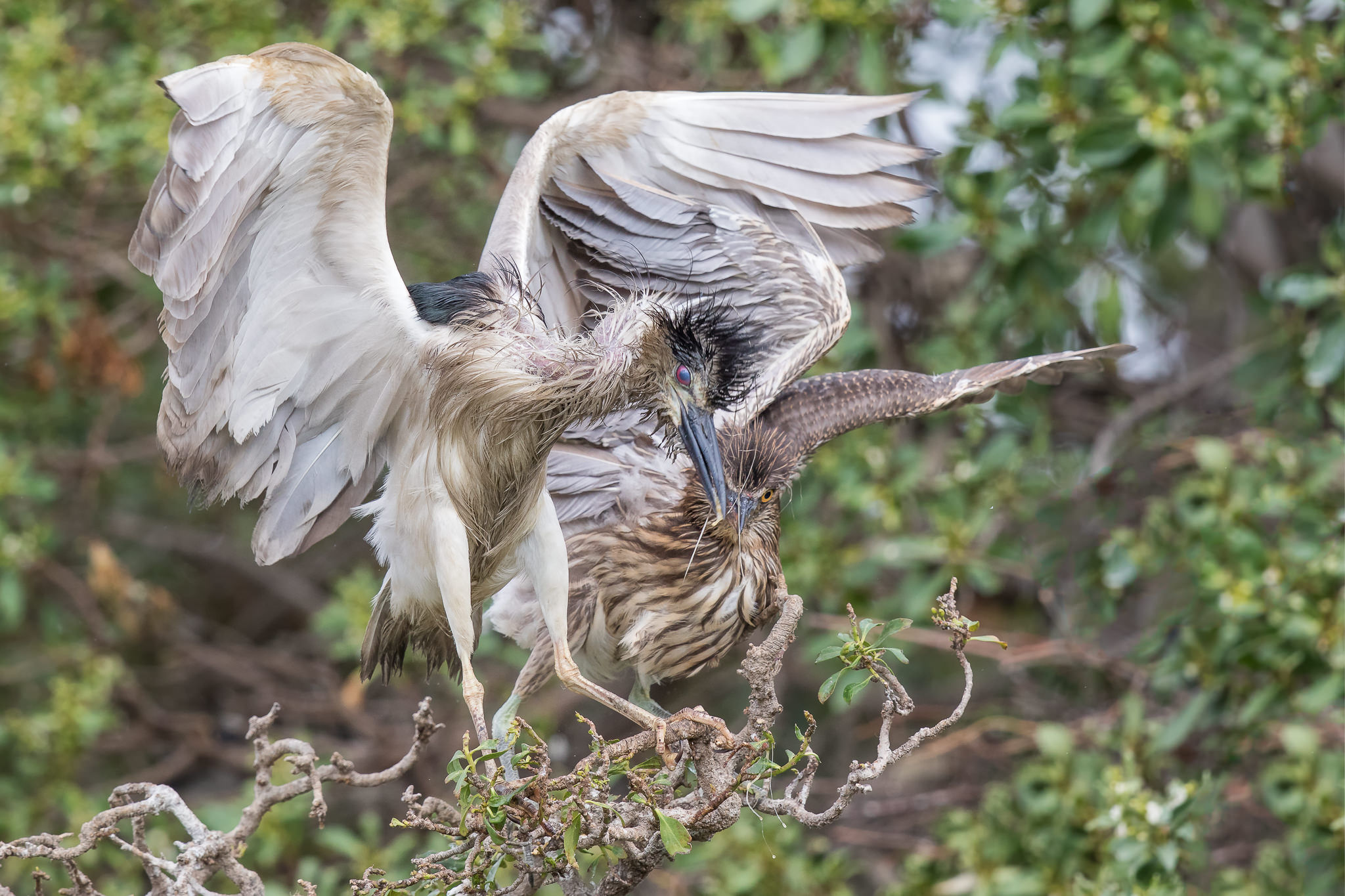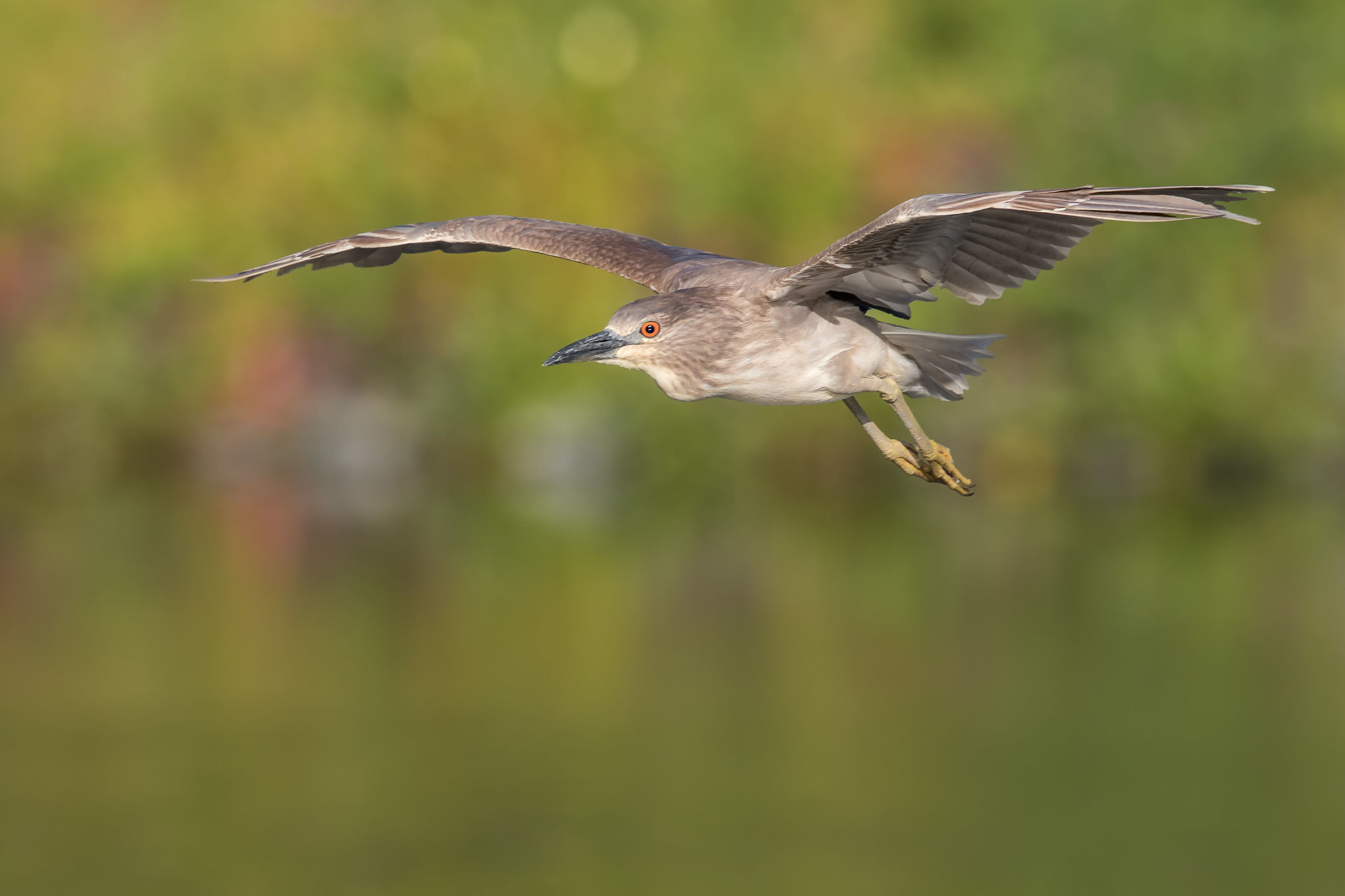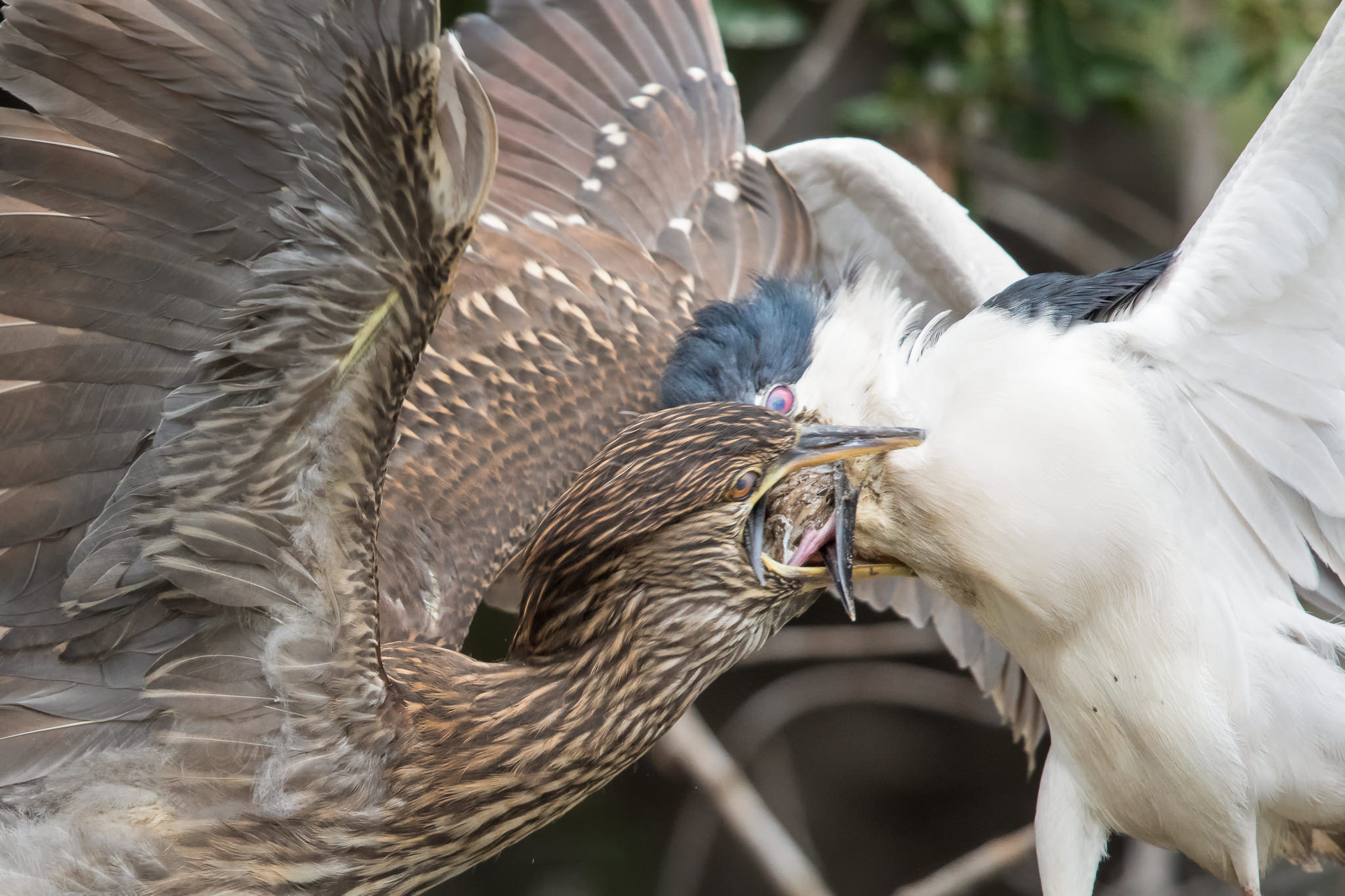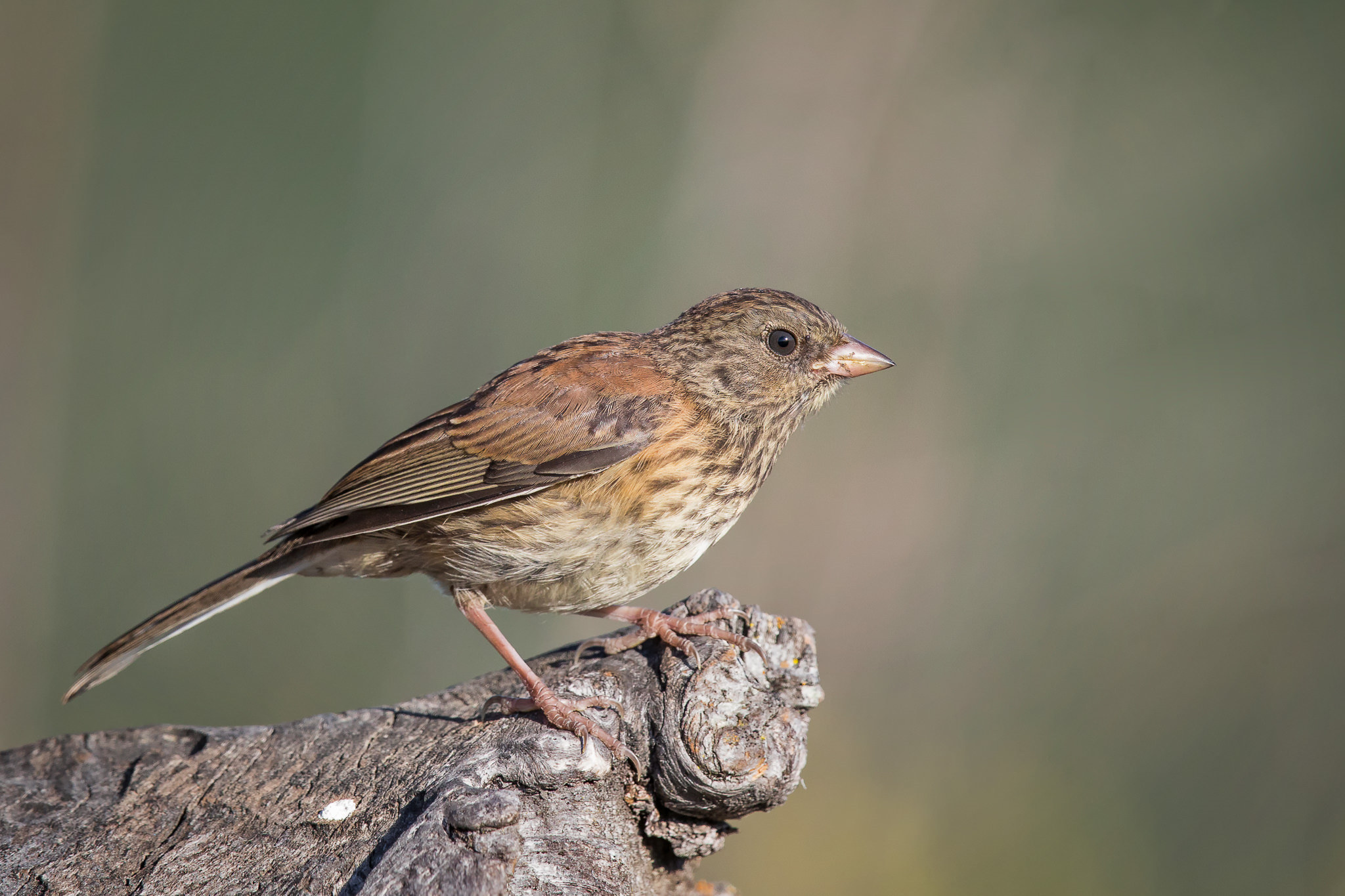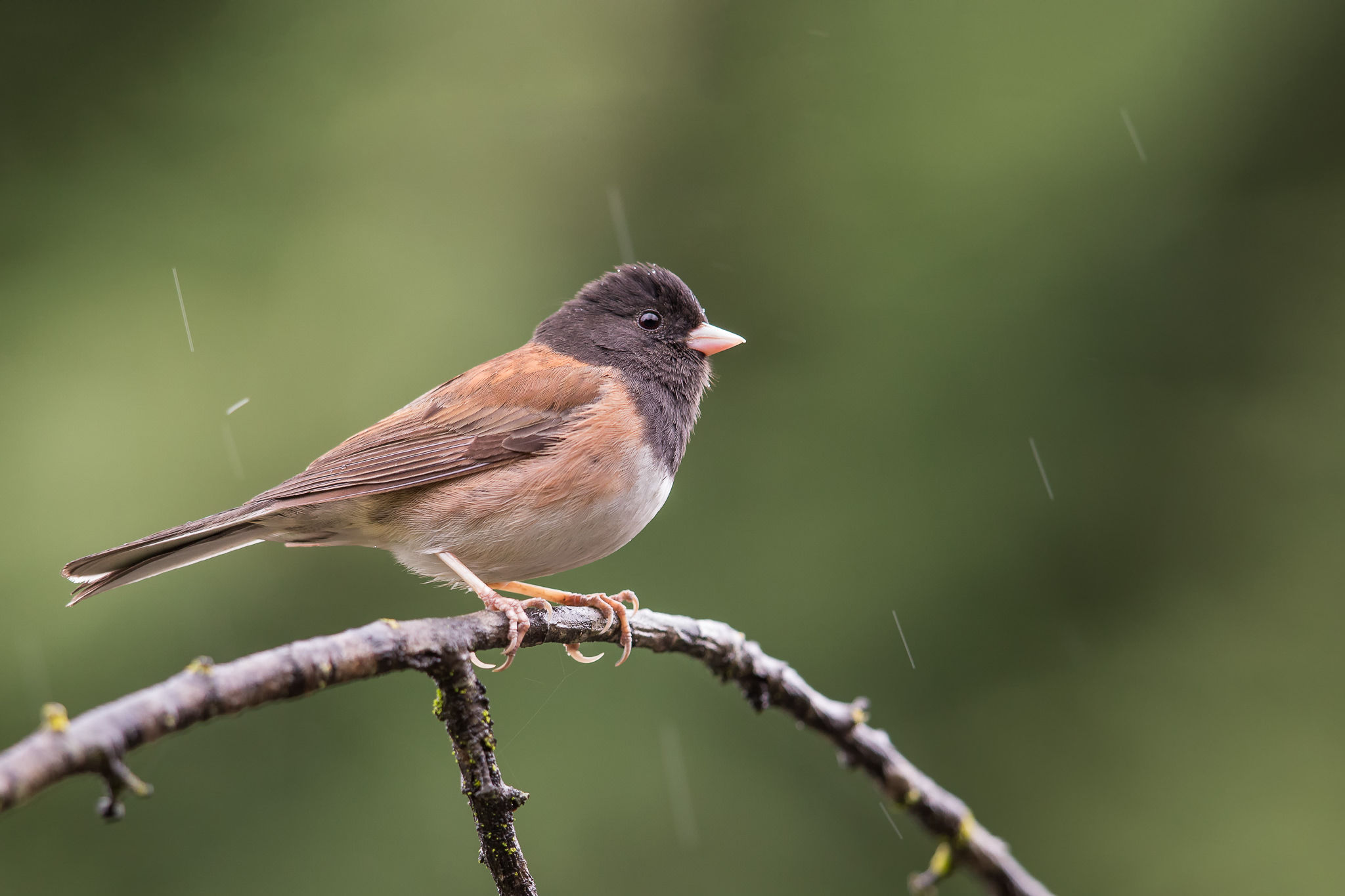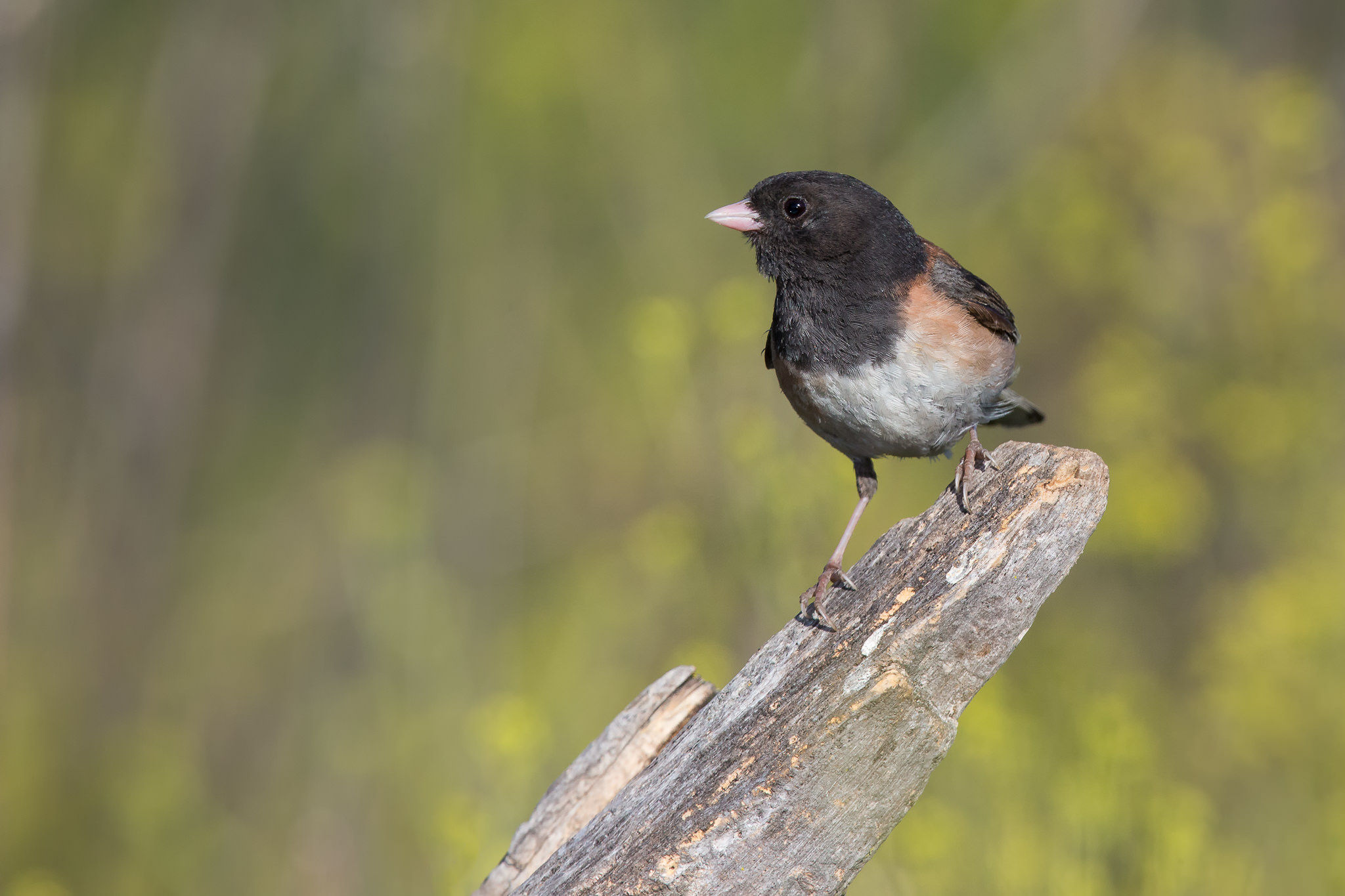THE BROWN PELICAN



The brown pelican (Pelecanus occidentalis) is a small pelican found in the Americas. It is one of the best known and most prominent birds found in the coastal areas of the southern and western United States. It is one of only three pelican species found in the Western Hemisphere. The brown pelican is one of the only two pelican species which feeds by diving into the water. The brown pelican is the smallest of the eight species of pelican, although it is a large bird in nearly every other regard. It is 106–137 cm (42–54 in) in length, weighs from […]






